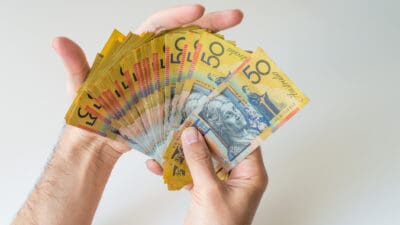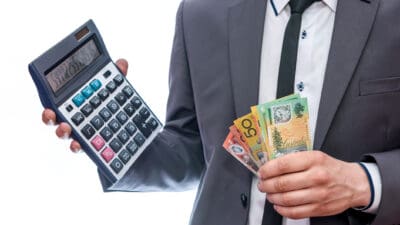A fund manager has pointed out a very common trap that investors fall into when evaluating shares to buy.
Price-to-earnings (PE) ratio is a metric regularly used by professional and retail investors to determine whether a stock is fairly priced.
The ratio has blown out in the past 10 to 12 years since the global financial crisis, especially among fast-growing growth stocks which have seen their share prices skyrocket.
A classic example of this is REA Group Limited (ASX: REA), which now has a PE ratio of almost 150 after its share price grew from less than $10 eleven years ago to now $156.70.
Compare this to a value share such as Westpac Banking Corp (ASX: WBC), which is currently going for a PE ratio of around 21.
Over in the United States, electric car maker Tesla Inc (NASDAQ: TSLA) is trading with a PE ratio of more than 660.
So investors could understandably think REA and Tesla shares are very expensive. They would worry how long it would take for earnings to 'catch up' with the stock value.
Using PE ratios is 'lazy'
Forager chief investment officer Steve Johnson warned that PE ratios can be hopelessly "flawed" when analysing rapidly growing companies.
"'Rocket to the Moon' trades at 40x earnings, therefore it is expensive: It's a lazy conclusion (I've been guilty)," Johnson posted on Livewire.
"And it can be very wrong."
Heuristics are mental shortcuts humans use to make judgment easier and less overwhelming. But they can lead us to the wrong answer.
"All of these heuristics, or rules of thumb, have assumptions behind them that need to be probed," said Johnson.
"Under what scenario is 40 times earnings expensive? What would it take for 40 times earnings to be cheap?"
Businesses that grow for many years can make PE ratios look silly, Johnson added.
"When a company compounds earnings exponentially, the fair value can be a seemingly absurdly high multiple of early-year earnings."
Companies that always looked expensive via PE ratio
Johnson took the example of Cochlear Limited (ASX: COH) — a company he dismissed in the past, based on a high PE ratio.
Twenty years ago, the medical device firm was trading around the $35 to $40 range, giving it a PE ratio of more than 30.
Cochlear has since grown 15% per annum, according to Johnson. The stock is going for $218.81 on Friday afternoon.
"With the benefit of hindsight, you could have paid 150 times earnings and have still generated a 10% annual return (including dividends)."
Fellow ASX healthcare darling CSL Limited (ASX: CSL) has gone through a similar journey, with investors ignoring it for decades with a perception that it's 'expensive'.
But then after persistent growth over many years, 2016 to 2017 saw a change in public opinion.
"Conversation shifted from 'expensive' to 'you pay up for quality'; and more and more investors, both professional and retail, joined the fan club," said FNArena editor Rudi Filapek-Vandyck last month.
"What helped growing enthusiasm was that CSL shares kept on keeping on. First past $100, then $200, and even $300 was not a bridge too far."









